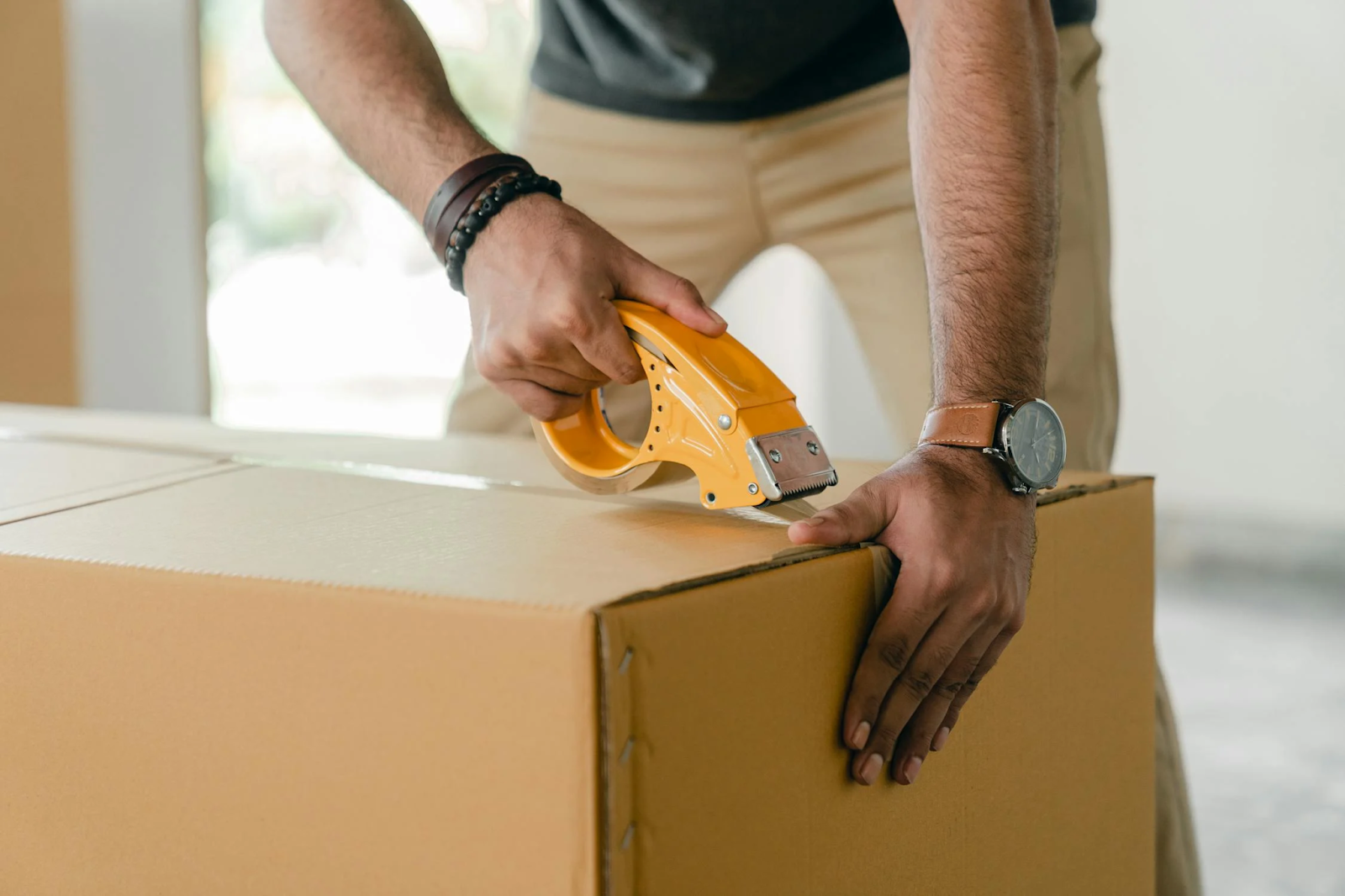eCommerce has now become a major part of getting customers what they want without leaving their homes, and it has completely changed how businesses manage their logistics.
This is a time when big players like Amazon and eBay have completely changed the very definition of meeting customer demands by integrating various technologies and allowing automation to take its place in their business. It’s not just about moving boxes faster.
The real magic happens behind the scenes, with smart warehousing that automates nearly every step of the logistics chain. In this blog, let’s look into how the giants of delivery services automate their tasks with the help of smart warehousing.

Contents
Automation streamlines logistics, enabling new services to rise alongside Amazon and eBay
One of the key elements behind the success stories of these delivery giants is the way they scale automation in logistics. Earlier, people had to manually intervene in finding demand, creating orders, and delivering them at the right place and time. But now with the power of automation, things have completely changed and streamlined the very core of logistics.
Now, instead of the usual human beings, robots have taken over to automate this process, pushing the limits of relatively simpler software automation. Take the case of Amazon itself; they have over 200,000 robotic units working globally to efficiently handle inventory and shipping which makes it more convenient for sellers and distributors.
But it’s not just the big players that benefit from this innovation. New services like Temu have entered the market and have challenged these big giants regarding their reliability. However, they may face questions about their legitimacy in certain locations, raising concerns for users regarding trust and reliability. That’s where the customers need to research to gather more information about their delivery services: Is Temu legit in Australia? Does it work consistently? What is other people’s experience around the world? – These are questions that need to be answered, of course
The Growth of the Delivery Business
Around 20 years ago, most people liked to shop in stores. But that was when technology wasn’t very good yet. Today, more than 2.7 billion people are expected to make online purchases by the end of 2024.
It’s all thanks to how delivery services have improved. They’ve gone from just being someone who brings you your stuff to using smart technology that makes deliveries much more reliable and easy than going to the store.
Also, this level of automation has helped customers and these giants to set new expectations. Take Amazon’s Prime service, which offers one-day delivery in major cities. Without automation, it would be considered impossible to do this efficiently. And all this is possible because of how Amazon has integrated robotics, machine learning, cybersecurity solutions, and AI into its system.
Convenience Over Experience
Gone are the days when people used to prepare a whole list and go to every store for every purchase. Now, people are choosing convenience over experience, like in 2020 when online sales grew by 32.4%, and with no signs of slowing down thereafter.
So what’s driving this change? The answer: automation and reliability. Customers are now aware that automation helps in faster deliveries and greater accuracy. Moreover, these delivery services have also offered discounts and other incentives, thereby increasing demand and the need for automation.
For instance, the novel interest in services like the same Temu comes at a time when customers are more than willing to try alternative delivery offers. The demand for faster deliveries, cheaper products, and smarter logistics is driving consumers to explore options beyond the traditional giants.
How Smart Warehousing Is Shaping the Future
Now smart warehousing is more than just another advancement in technology; it is necessary for accurate delivery in today’s world. From real-time inventory tracking to automated order picking, smart warehouses cut down human error, improve efficiency, and allow businesses to scale faster.
Many of us have seen videos of how those big robot hands at Amazon’s fulfillment centers sort out products and package them efficiently with pinpoint accuracy. They work along with human workers to handle complex tasks and the sensors and tracking devices continuously track inventory to make sure they are at the optimum level. This is why you rarely see an out-of-stock option when browsing Amazon, since they make sure that new orders come in and there is stock for every item.
To Wrap It Up
To sum it up, the giants of delivery services are in the position they are today because of automation and smart warehousing. It’s clear that without the help of robotics and AI, they won’t be able to serve the millions of customers globally who place orders daily. So for convenience and reliability, smart warehousing and logistics are the way to go.



